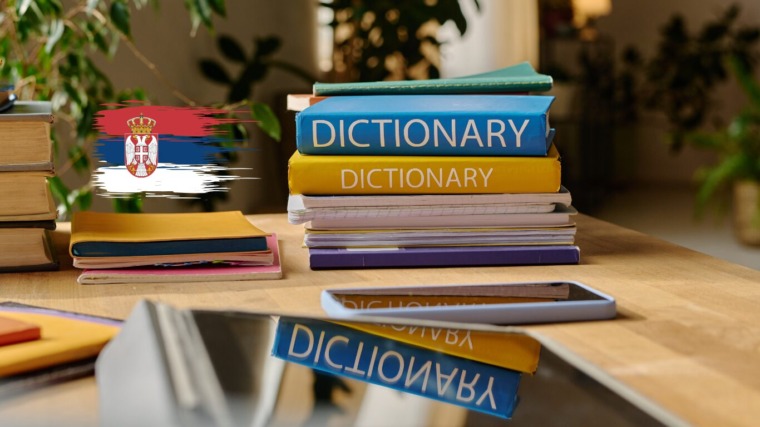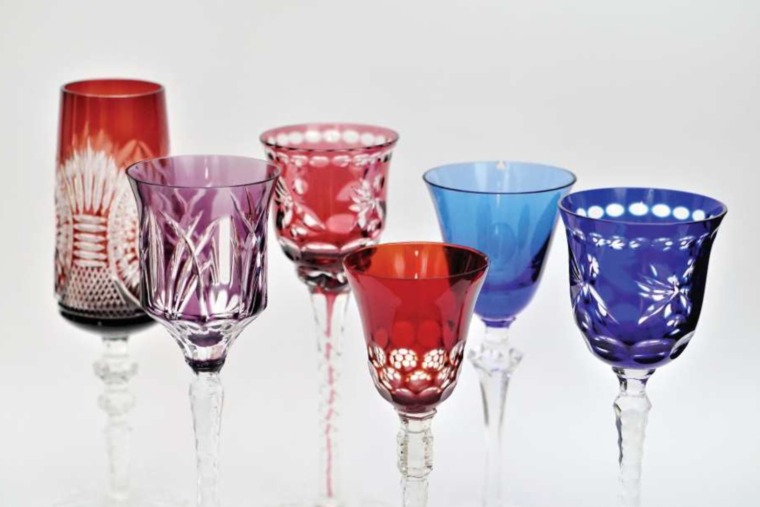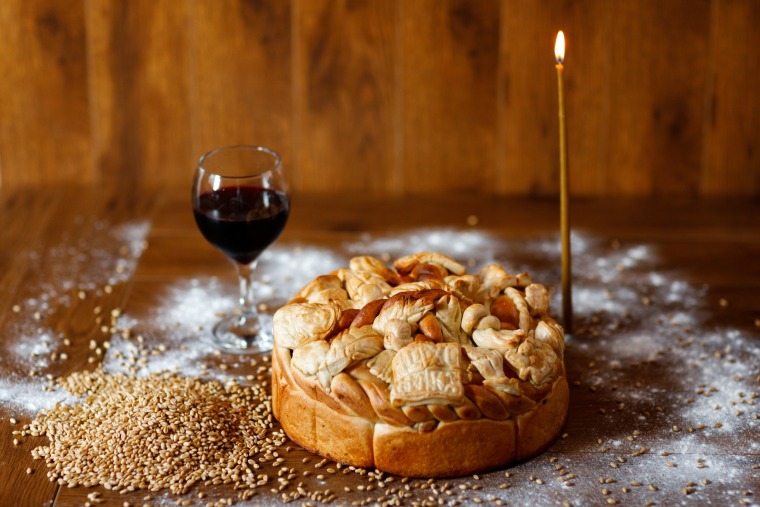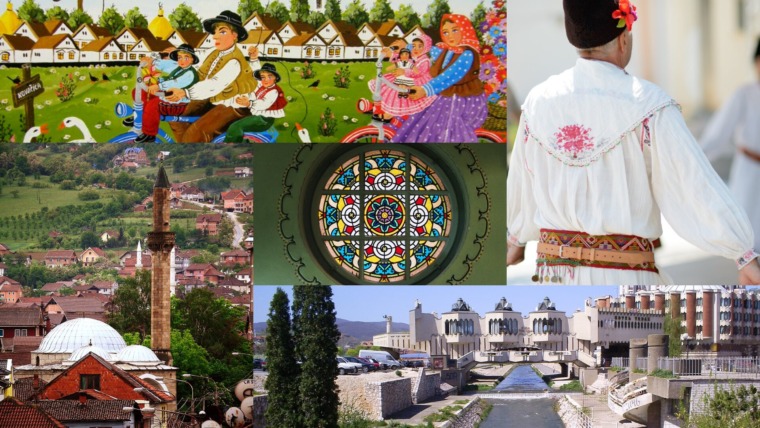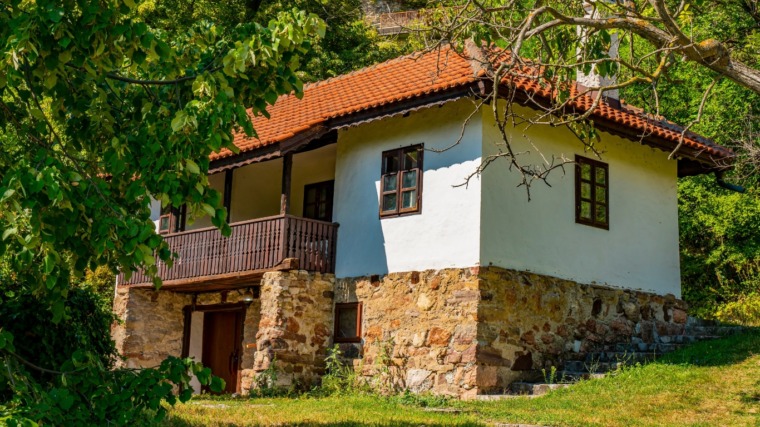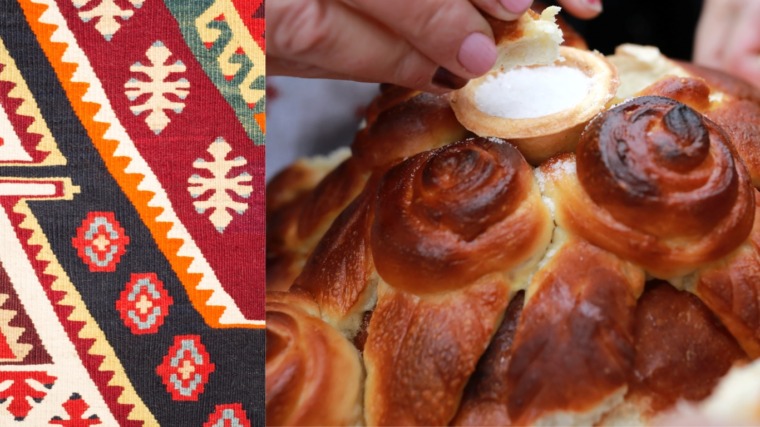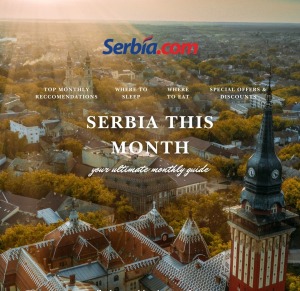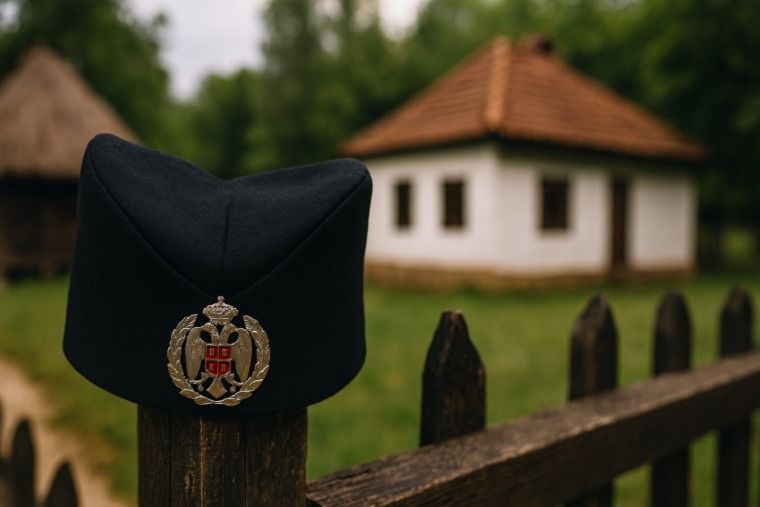
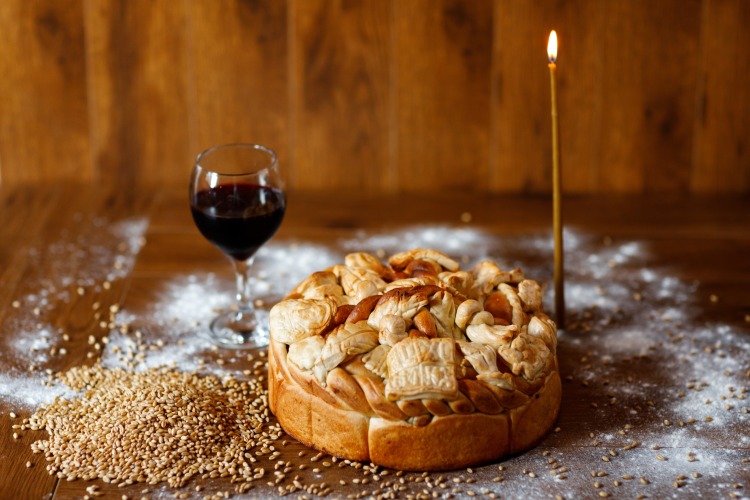
Late October and early November in Serbia bring more than falling leaves and the scent of roasted chestnuts — they mark the beginning of one of the most cherished Serbian traditions: the season of family Slavas.
During this time, homes across the country are filled with candlelight, incense, songs, and laughter. Each house becomes a small shrine dedicated to the family’s patron saint — a protector, a symbol of faith, and a reminder of ancestry.
What Is a Slava and Why Is It So Unique?
Slava, or Krsna Slava, is a celebration found only among the Serbian people and is inscribed on the UNESCO Intangible Cultural Heritage List. Unlike a birthday or national holiday, a Slava is a spiritual family feast, dedicated to the saint who first brought Christianity to that household’s ancestors.
It is passed down through generations — from father to son — preserving faith, identity, and family unity for centuries.
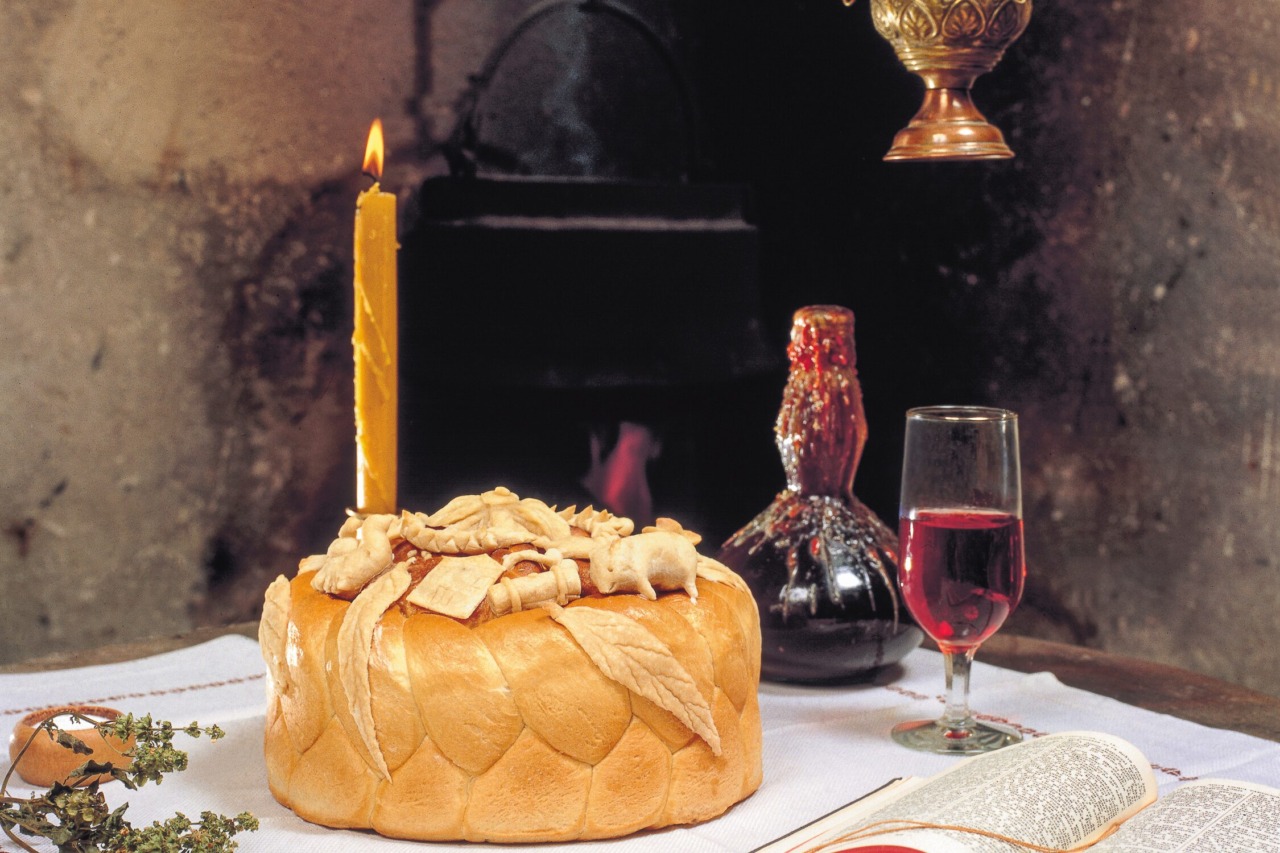
In the Orthodox Christian calendar, there are over 600 saints, but there is no fixed number of Slavas, since every family can choose to celebrate the saint they feel closest to.
Still, three Slavas are the most common in Serbia:
- St. Nicholas (Nikoljdan) – December 19
- St. George (Đurđevdan) – May 6
- St. Archangel Michael (Aranđelovdan) – November 21
When Does the Slava Season Begin?
The Slava season in Serbia traditionally begins on October 12 – Miholjdan, and lasts until May 6 – Đurđevdan. Throughout these months, almost every day somewhere in Serbia a candle burns for a patron saint — filling the country with warmth, reverence, and the fragrance of celebration.
In autumn, the most celebrated saints include:
- St. Luke (October 31)
- St. Demetrius – Mitrovdan (November 8)
- St. Archangel Michael – Aranđelovdan (November 21)
- St. Nicholas – Nikoljdan (December 19)
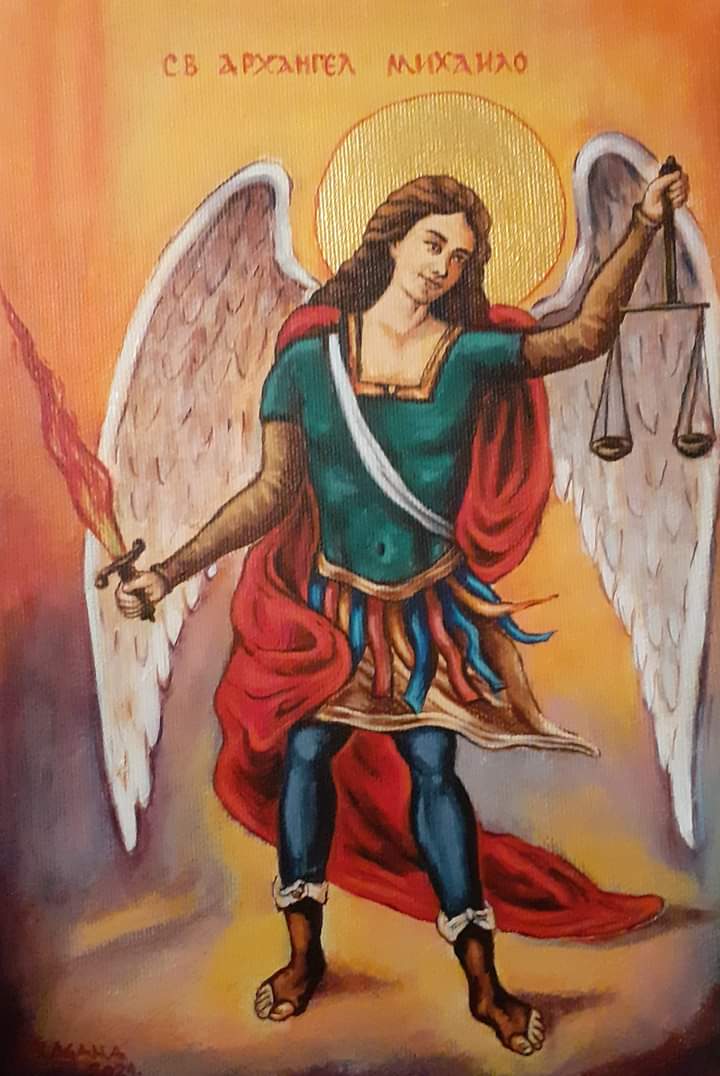
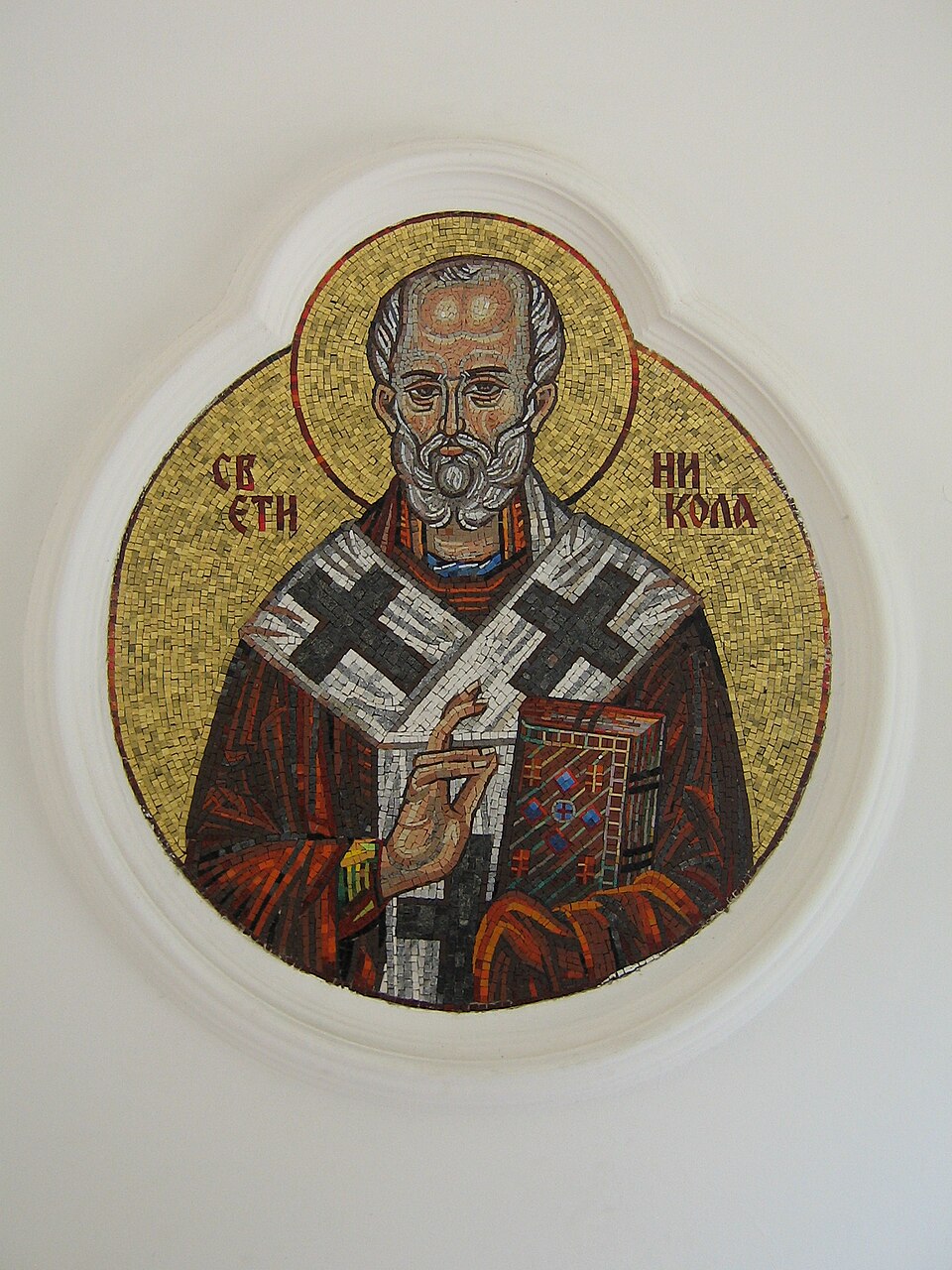
The winter and spring months bring:
- St. John the Baptist – Jovanjdan (January 20)
- St. Sava (January 27)
- St. George – Đurđevdan (May 6), which symbolically closes the season.
How Is It Celebrated?
Before the day of the Slava, the family prepares Slavsko žito (boiled wheat) as a symbol of eternal life and resurrection, and the Slava bread (Slavski kolač) decorated with a cross and the letters “IC XC NI KA.” On the day of the celebration, the host lights a candle and takes the bread to church to be blessed. Later, the family gathers at home with relatives, friends, and godparents to celebrate.
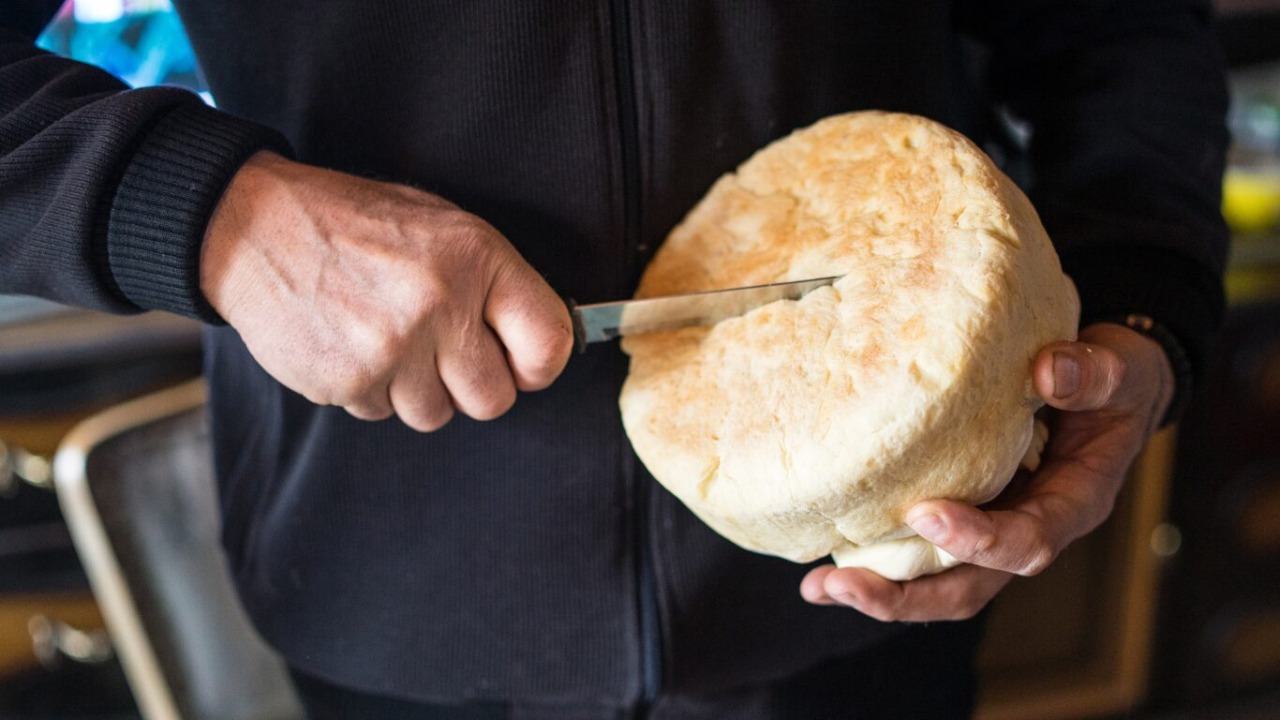
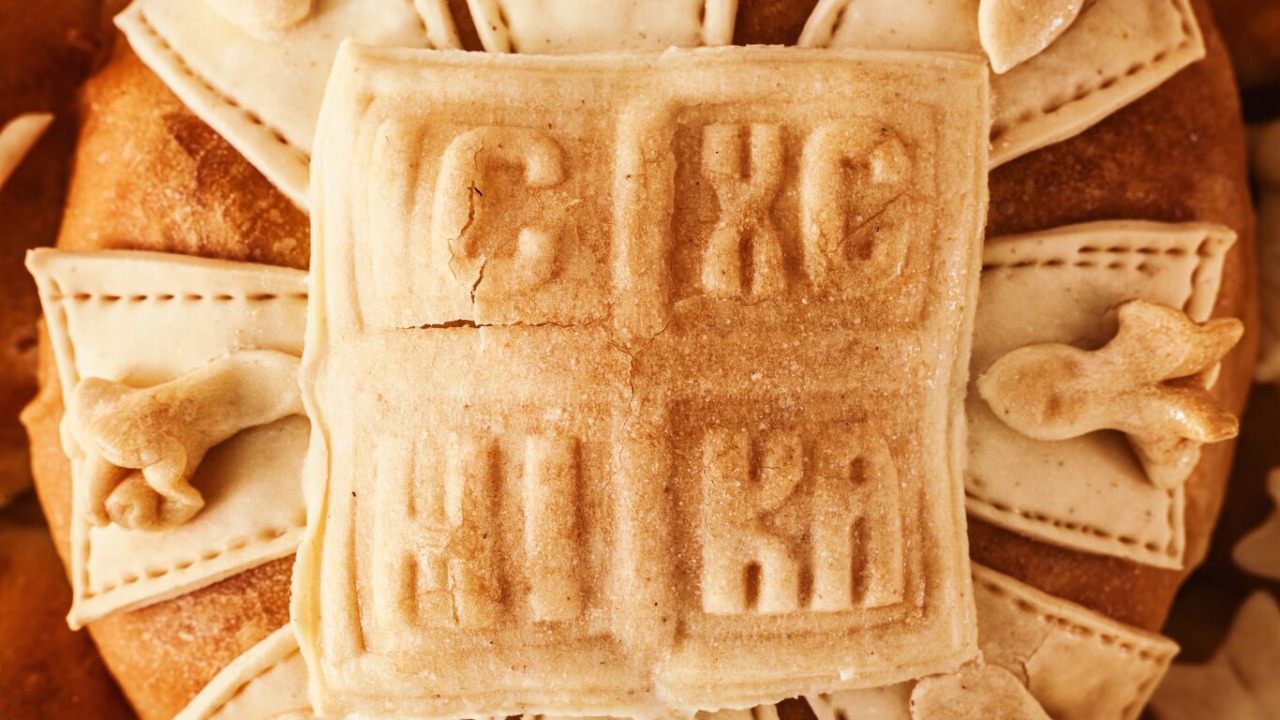
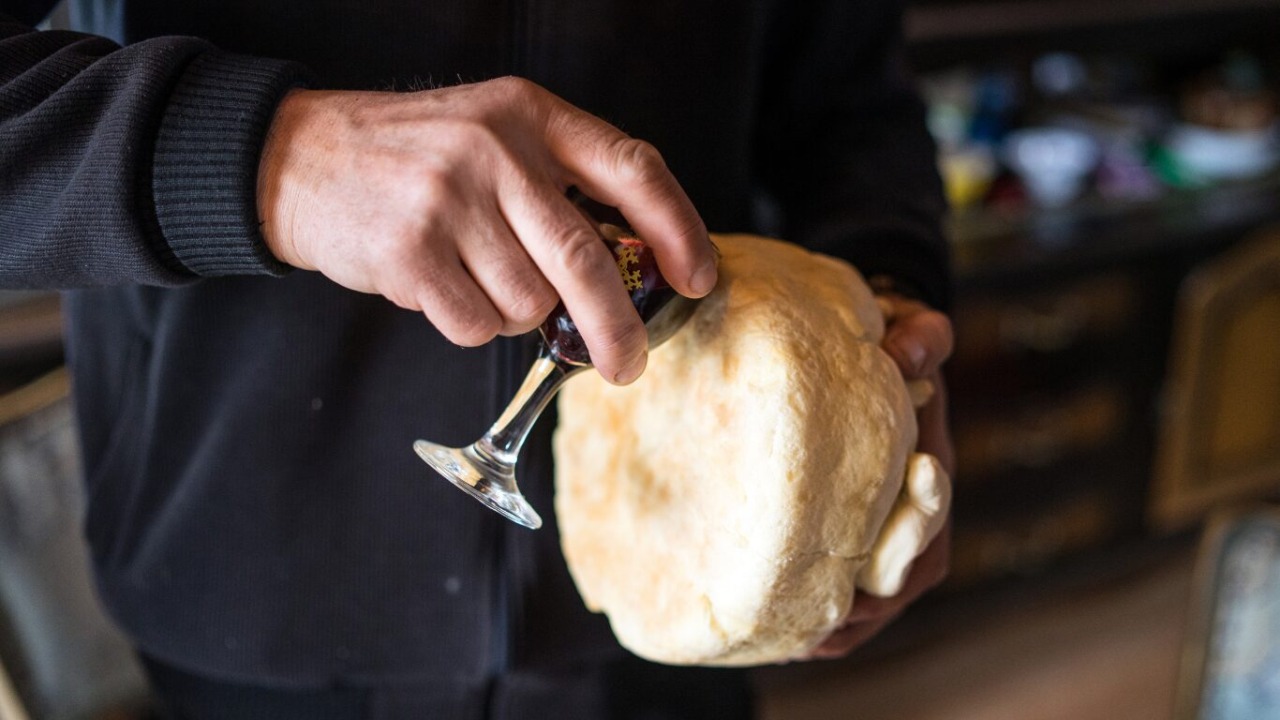
Regardless of whether the feast is humble or rich, the heart of the Slava lies not in the meal, but in togetherness, faith, and gratitude.
Tradition, Symbolism, and Curiosities
- More than 70 different Slavas are celebrated throughout Serbia — though the real number is much higher since every family may honor its own saint.
- There’s an old saying: “Don’t ask a Serb when his birthday is — ask which saint he celebrates.”
- Slava has long been a mark of honor and hospitality — even in the hardest times, a host would greet guests with bread, wine, and warmth.
- Many Serbs living abroad continue to celebrate their family saint, keeping the bond with their homeland alive — proof that Slava is more than tradition; it’s a thread connecting generations and continents.
A Season That Connects Centuries
The season of Slavas is more than a religious cycle — it’s a living mosaic of Serbian identity.
As the scent of incense and freshly baked bread drifts through neighborhoods and soft greetings of “Srećna Slava!” echo from house to house, it becomes clear that in Serbia, tradition isn’t a relic of the past — it’s something alive, shared, and deeply felt.
Related Articles

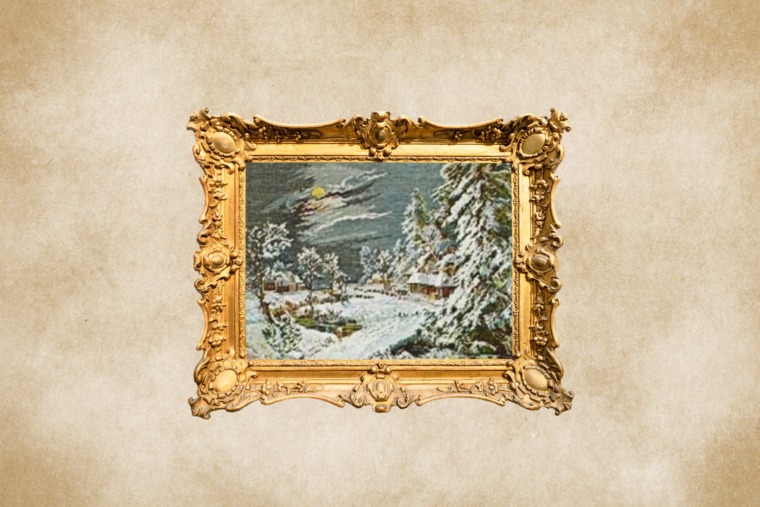
Stitched with Love: The Story of Serbian Gobelins
November 4, 2025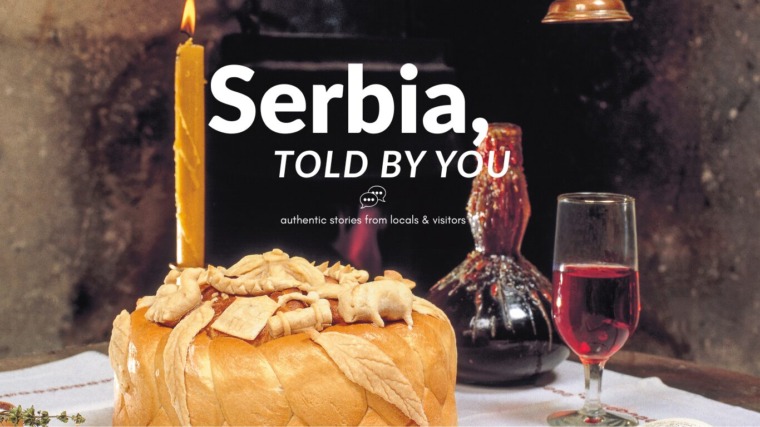
Serbia, Told By You – My First Slava in Kragujevac
September 18, 2025